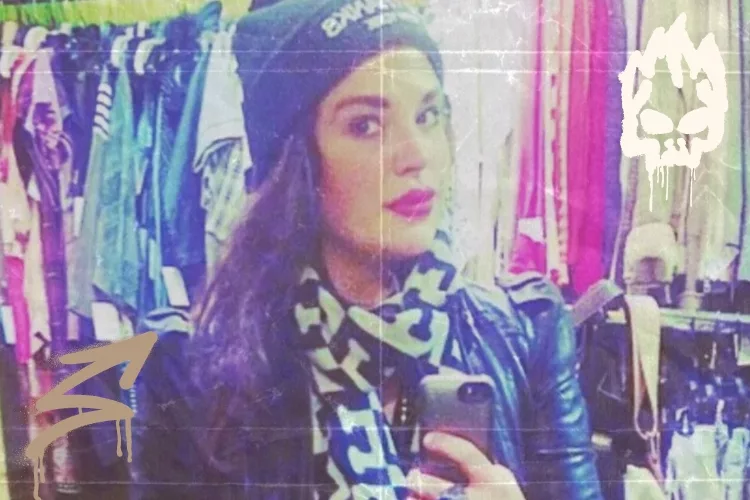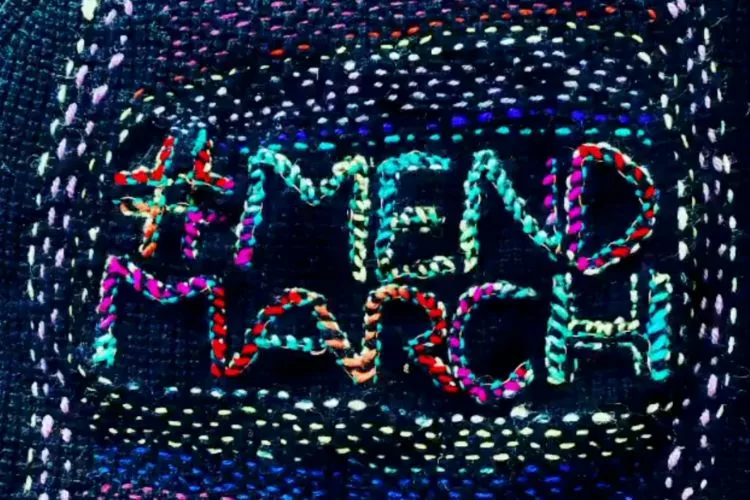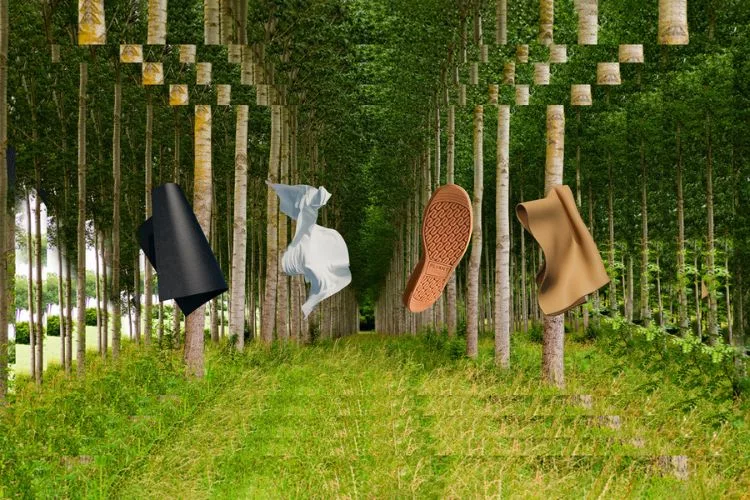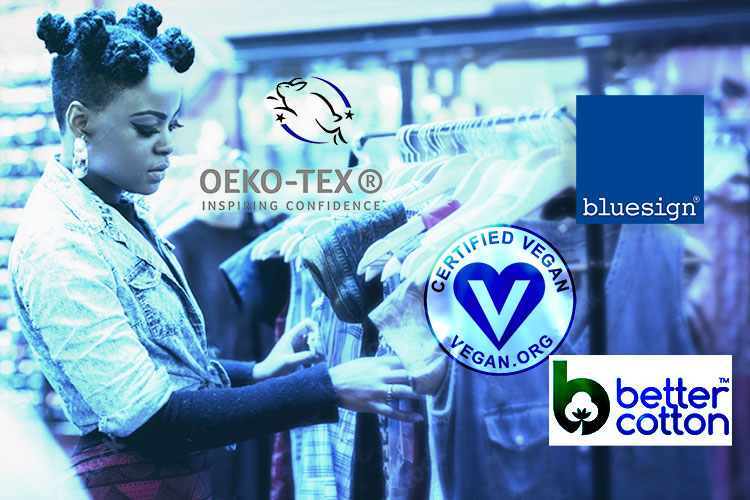
FAST FACTS
- Clothing production has doubled in the last 15 years while clothing use has shrunk by more than a third.
- The fast fashion business model is unsustainable, with its low manufacturing costs and reliance on consumer demand.
- The circular economy aims to address the environmental, social and waste impacts whilst changing our consumer habits.
Chile shocked the world with images of its Atacama desert recently. This landscape, one of the most remote spots in the world, is historically known for majestic volcanoes and salt flats. In these new images, however, those landscapes were transformed by 59,000 tons of clothes (worn and unworn) that had formed mountains atop the desert plateaus.
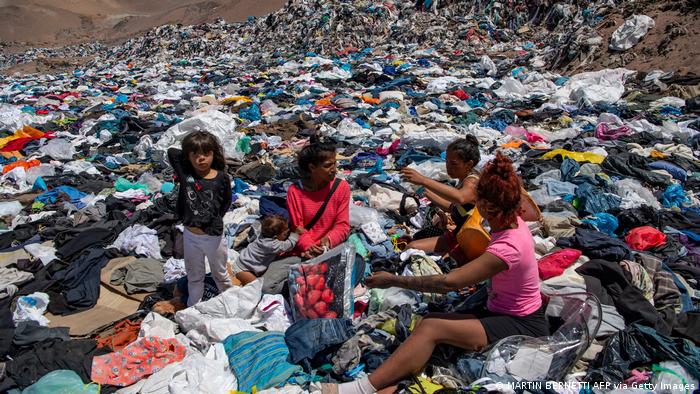
These photos surfaced as the world gathered for the UN Climate Change Conference COP26 and drove home a jarring reality about the clothing industry: we’re making more and wearing less. In fact, the Ellen MacArthur Foundation estimates that in the last 15 years, clothing production has doubled while clothing use has shrunk by more than a third.
The current ways clothing is produced and sold is unsustainable and undergoing transformation. Many of these changes are already underway – and will transform our economies, environment, and closets.
What are the hidden costs of fast fashion?

Our current clothing reality has been shaped by “fast fashion”, a business model based on low manufacturing costs and frequent consumer purchases of new items. The multiple social and environmental costs are not factored into the consumer price tags and this drive the model’s unsustainability. These hidden costs include:
Environmental
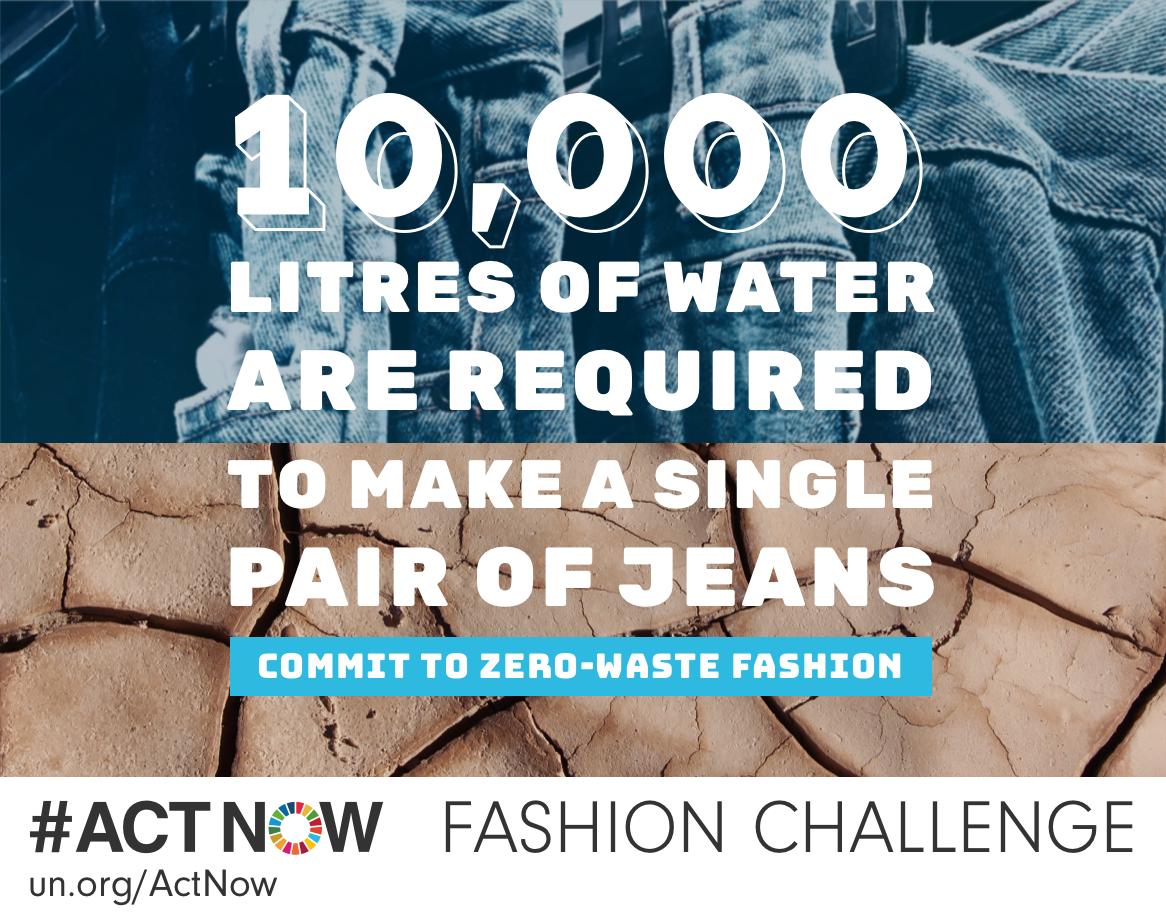
Producing clothes requires a huge amount of water (e.g. to grow cotton), energy (to power the spinning and manufacturing processes), and chemicals (e.g to fertilize cotton plants and dye textiles). According to estimates it takes between 4,000 litres to 10,000 litres of water to produce a pair of jeans. That’s about the amount the average person would drink over five years. High water usage adds to increasing water stress across the globe, energy use generates carbon emissions, and wastewater from dying processes pollute rivers.
Social
Garments are produced in low-income countries where labor laws do not always protect workers. Labor rights violations have traditionally been commonplace in garment supply chains and unfortunately things are not improving. Low wages, child and/or bonded labour and unsafe working practices still exist, and indeed, have been getting worse since 2017.
Waste
Low production costs mixed with poor demand forecasting means huge amounts of clothes are produced and never worn, leading to mountains of waste. As clothes pile up outside, they release toxins into the environment: the cost of addressing this environmental damage can be as much as €200 per pair of jeans. In countries such as America, clothes are thrown away at double the rate they were 20 years ago.
Despite the high level of resources which go into making garments, up to 40% of all textile materials produced for garments never reach the end consumer, and are typically either burned or end up in landfill. This is because producing the clothes is cheap and brands have traditionally not been forced to pay for the environmental costs. This has led to an underinvestment in improving poor demand forecasting, leading to many brands producing more than they can sell.
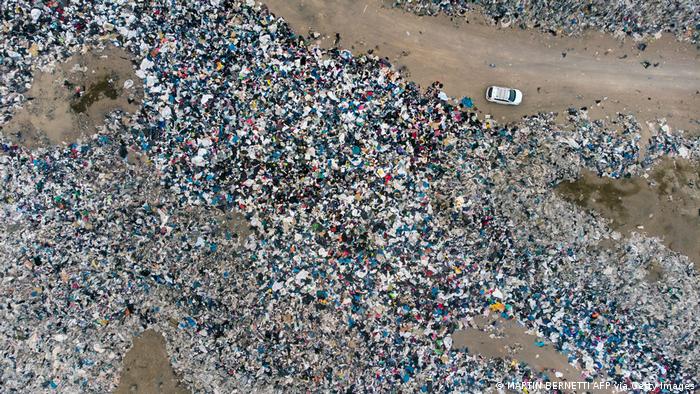
Changes ahead to how you’ll buy, use and sell clothes in a circular economy
The circular economy will reshape the apparel industry. In the circular economy, products are designed and sold in such a way that they are used for longer and can maintain their value for longer. Here are some of the changes you can expect and the impact they’ll have.
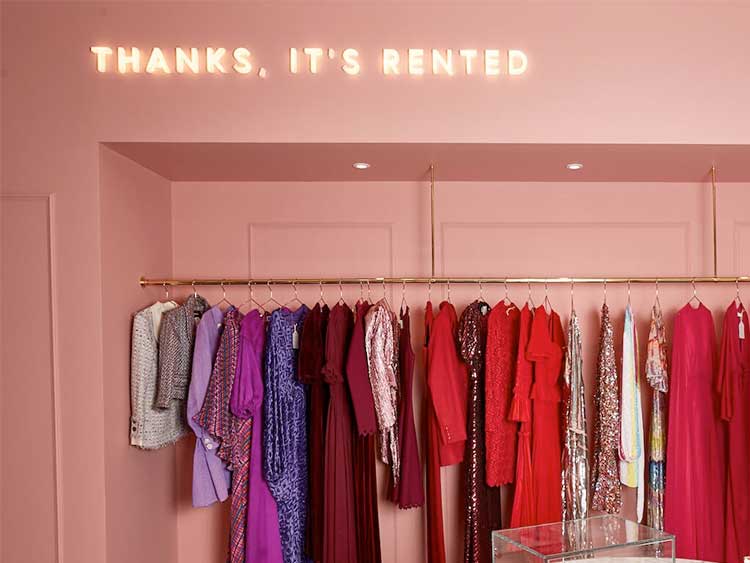
1. You’ll rent out your next outfit (and know its resale value)
Approximately $36 billion was spent on second hand garb in 2021, a number that outpaces the $30 billion spent on fast fashion. That gap is slated to widen as sales, rental and trading platforms grow users and consumers. Increasing second-hand sales drives down the requirement for “virgin” clothes and also represents a way for traditional fast fashion brands (as well as retailers and consumers) to make money from other sources. The ease of resale will prompt another important change
2. Consumers will see their clothes as a sort of investment.
As the Economist recently noted, some enterprising young shoppers are already considering the potential to rent or resell an item as a way to defray the cost of a pricey designer dress or handbag. Some are already making thousands a month in clothes rentals alone, the Economist found.
3. Sales triggered by oversupply will be less common
Improving demand forecasting is key to reducing the up to 40% of fabrics which never make it to end consumers. Some fast fashion companies are already doing this using cloud-based supply chain management software to keep inventory levels low and automatically reorder those which sell well. By lowering unsold inventory, companies can actually save money, with environment factors becoming a driver for cost savings. Fast fashion newbie Shein are leading their more traditional fast fashion rivals in this regard but expect the others to catch up soon.
4. You’ll repair items when hems tear and zippers break
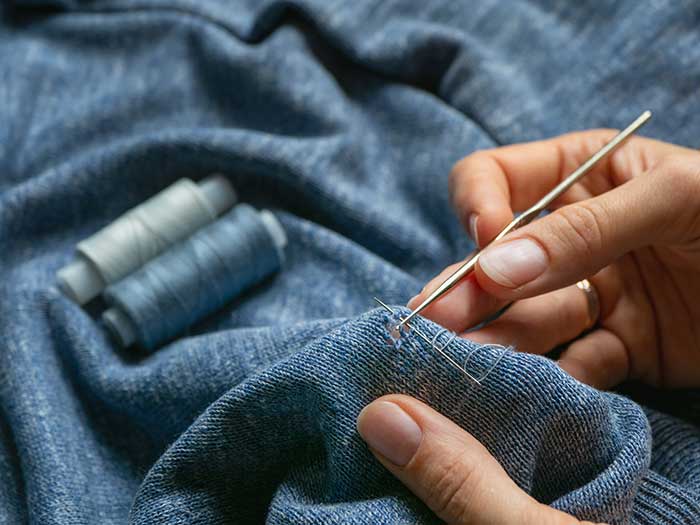
In recent years, tailors aren’t always easy to find, and the cost to repair an item has often outpaced the cost to replace it. As the sector reshapes, we’ll buy fewer items as the (currently) hidden costs of these items will be factored into what we pay at the register. According to a recent study, a pair of jeans would need to cost €30 more in order to take into account the social and environmental costs associated with production. Consumers and small businesses will react to this new need for clothing repair. Expect to see tailors popping up near you.
Additionally, large industry players such as Zalando and H&M are starting to offer repair services, adapting current models for a sustainable future. To replace revenue lost from fewer repeat purchases, retailers embracing repair will create new revenue streams and this service can become a brand differentiator (for now, at least).
5. You’ll wear more new clothing made from recycled materials
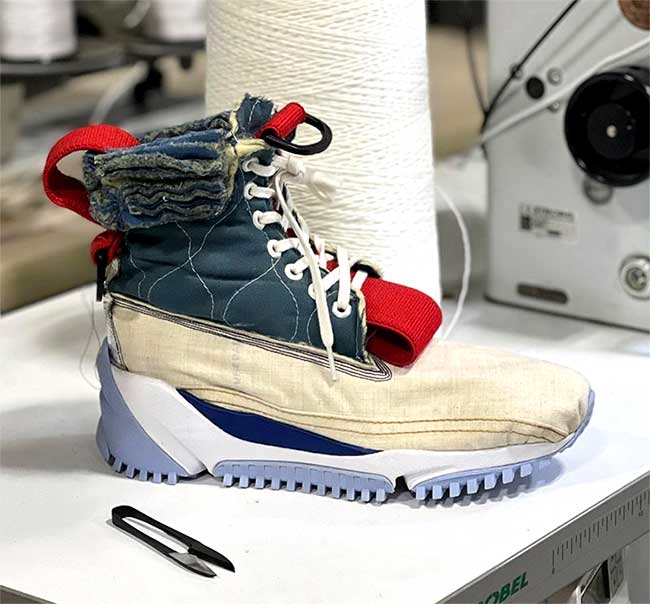
Currently less than 1% of used clothing is recycled back into clothes, meaning virgin production (for example cotton) is almost always preferred to using recycled materials. This is due, in part, to how clothing is designed and difficulty disassembling garments, says Davidson Leite from Resortecs, a startup specializing in garment disassembly technology: “separating fabrics from buttons, labels and zippers is time consuming and difficult and leads to a wastage of over half of the material from the garment before it can enter a recycling process.” Changing the thread with which clothes are sewn together could increase garment recyclability to 90% and cut the carbon footprint by 50%, according to their recent study. Even the nylon used in tights can be chemically recycled and turned into new forms of underwear.
Growing and manufacturing clothes is an energy intensive business. Using recycled instead of virgin fibers reduces these impacts significantly, meaning that clothes have more value at their end of life, and are less likely to end up in landfill. H&M aims to use 30% recycled materials in its products by 2025 proving that this is possible from a technical perspective, but currently recycling processes for cotton are not available at the scale required to deliver industry-wide change. As more brands commit to minimum recycled content in their clothes, expect the capacity for textile recycling to soar.
6. Your jeans will get a redesign
Jeans are one of the more difficult-to-recycle clothing items and new guidelines for denim design have been developed to make it easier. Currently, brands such as Lee, Guess Jeans, Mud Jeans and more have been experimenting with new designs and processes. Unspun denim leads the way in responsible denim.
Your next climate-conscious pair of jeans will still have the same classic look, just feature planet-friendly dyes, buttons that are easy-to-unscrew by recyclers, stone-wash patterns created by laser technology and biodegradeable threads. The classic rivet as we know it today might also fall by the wayside – it can make recycling harder.
It’s time the fashion industry had a makeover
The changes emerging in our stores and closets are merely symptoms of wider industry shifts, ones made possible thanks to a growing awareness of the changes leaders across the sector are prioritizing. For instance, a new supply chain law in Germany will force companies to develop systems for identifying and addressing human rights violations in their supply chains: a similar piece of legislation is being raised on a European level.
Awareness from consumers, retailers and governments will continue to reshape the sector, protecting workers and the environment in the process. This sort of makeover has been long overdue – but it will continue to turn heads for decades to come.
Mo Chatterji, Project Fellow, Scale360°, World Economic Forum Geneva
Republished from WEF.ORG with Permission
Related Articles
What is Regenerative Fashion
Sustainable and Ethical Denim Shopping Guide
Culture Dose | How to Save Our Planet | Fashionscapes


